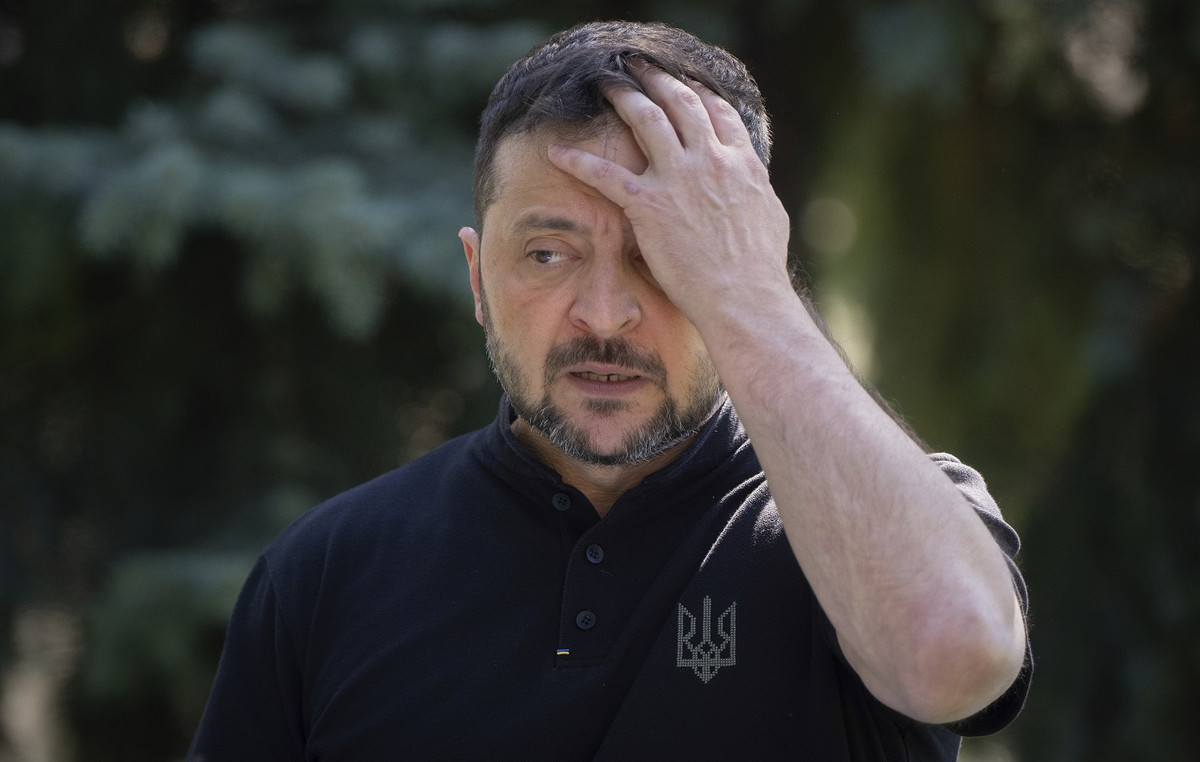There is a dish – the protagonist of the Holidays – which for some time has had an image more linked to rotisseries and delicatessens than to haute cuisine: the Russian salad. Yet its history is full of conflicting truths, so much so that it is almost impossible to isolate a recipe that is basically valid for everything and everyone. You choose a version, provided you know that there are several others to the point that it becomes difficult to think they are also Russian salads. In a recent book, When a dish makes history (Phaidon-Ippocampo), whose authors are not at all touched by doubt, celebrates exclusively a Russian chef of Belgian roots, Lucien Olivier, who from 1864 – and until his death in 1883 – was the chef of the luxurious Hermitage in Moscow, a restaurant that did not survive to the Soviet Revolution of 1917. Olivier was so enamored and jealous of his salad that he always prepared it in person in a room reserved for him, without any assistance and without leaving a written trace. Dead him, all over: almost unbelievable.
In Piedmont the first recipe
In reality, despite the name, the origin is very controversial but this has not stopped the spread in many countries including Italy. The only certainty is that we owe the first recipe in our country to Piedmont: one already existed in the 19th century rusa salad (i.e. red) which involved the use of beets. According to some sources, the dish was proposed by a cook of the Savoy, on the occasion of the visit of the Tsar. A success, so much so that the sovereign would then bring the recipe with him and the dish would become the custom of the European courts. In fact, even today in France it is called “Piedmontese salad»A variant of the Russian salad which uses fresh tomatoes instead of beets. Be that as it may, the dish appears in the cookbook King of cooks, in the 1868 edition. Then, at the beginning of the 20th century Pellegrino Artusi inserted it in the mythical work Science in the kitchen and the art of eating well and Ada Boni brought it back in Talisman of happiness in 1929. In the Thirties it had become a popular dish throughout Italy, but without a true codification, a situation common to dozens of regional dishes, which have gone beyond the original borders.
The “Russian” by Matteo Baronetto (al Cambio)
The right cook to play on the theme is Matteo Baronetto, Piedmontese superdoc: born in 1977, a young pupil of Marchesi all’Albereta and for 18 years the right arm of Carlo Cracco. In 2014 he returned to Turin to take over the reins of the renewed one Change, the historic restaurant in Piazza Carignano, emblem of the city with its nearly three centuries of history. Here Matteo expresses himself and his personal cuisine made of balance, intuition and talent, letting himself be guided by the origins to create modern and never predictable dishes, which always have quality raw materials as their fulcrum. Not surprisingly, his first book has just come out Contemporary Piedmontese Cuisine: a collection of 45 iconic recipes of the most authentic regional tradition, reinterpreted in a contemporary key by the chef, but not distorted. A cuisine that earned the Michelin Star at Del Cambio in six months, and which today Matteo declines, in a more informal but always elegant way, also in the other two realities in the structure: the Change Pharmacy and the Bar Cavour.
The basics
«My memories of the dish are linked to my grandmother who went to a deli on Saturdays to buy it for us to eat with the family. Then I started the profession of cook until I found that taste and those aromas when I arrived in Milan from Cracco. The place, we were in 2000, was called Cracco-Peck: the Russian salad was a flag in both the gourmet proposal (ed, then reinvented in the ‘caramelized’ version) and in the famous gastronomy of the Stoppani brothers »says Baronetto. At the change of city and restaurant, the chef had to recalibrate the recipe: «Compared to the Lombard capital, in Turin they prefer slightly larger cut vegetables and less mayonnaise, they want to hear them. The step to pay a lot of attention to is that of mayonnaise: you have to be careful to desalt the capers, which must not be those preserved in brine. Then it is also important to cook the vegetables, which must be fast so that they remain crunchy and with their beautiful vivid colors ». And hard-boiled eggs as a garnish? «I serve them in a separate saucer with anchovies that I don’t like to add chopped to the mayonnaise because they would give a brownish color to the Russian salad that I don’t like. In practice, I serve two appetizers at the same time ». Very Italian and greedy, perfect for the Holidays. Now Matteo’s recipe.
The recipe for the Russian salad by Matteo Baronetto
Ingredients for 4 people
For the mayonnaise: 100 g whole eggs, 10 g fine salt, 8 g wine vinegar, 2 g mustard, a liter of sunflower oil. For the Russian salad: 400 g mayonnaise, 100 g fresh peas, 100 g diced carrots, 85 g diced potatoes, 50 g drained and dried tuna in oil, 50 g cubed white turnips, 25 g desalted capers, 8 anchovy fillets in oil, 4 hard-boiled eggs, 15 parsley leaves.
Preparation: Whip the eggs with vinegar, salt and mustard, gradually adding the oil until a creamy mayonnaise is obtained. Peel and cut the vegetables – potatoes, carrots and turnips – into cubes and blanch them separately for three minutes in boiling salted water. Dry them well, combine them with the mayonnaise and add the capers, blanched fresh peas and lightly chopped tuna. Arrange the Russian salad in a serving bowl. Cut the hard-boiled eggs into wedges and dress them with anchovy fillets and julienne parsley. Arrange on a plate and serve as an accompaniment to the Russian salad.
.
Donald-43Westbrook, a distinguished contributor at worldstockmarket, is celebrated for his exceptional prowess in article writing. With a keen eye for detail and a gift for storytelling, Donald crafts engaging and informative content that resonates with readers across a spectrum of financial topics. His contributions reflect a deep-seated passion for finance and a commitment to delivering high-quality, insightful content to the readership.







